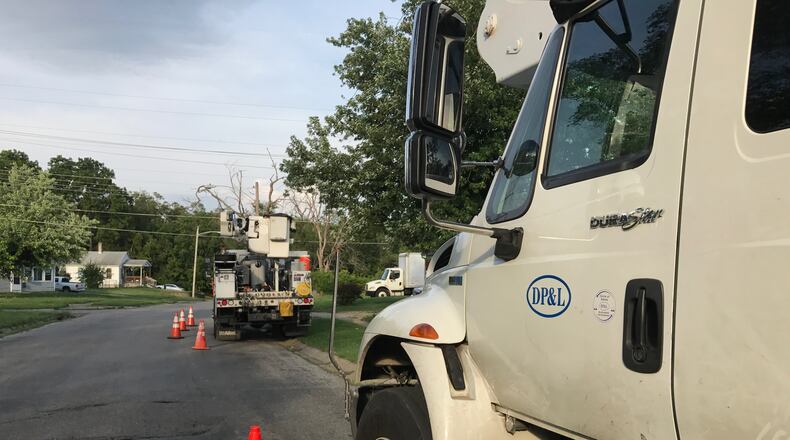Edward “Ned” Hill, a professor of public affairs and regional planning for OSU, testified to the Senate Public Utilities Committee that the bill is “another attempt to subsidize uneconomic legacy electric generation resources owned” by utilities.
RELATED: PUCO: New DP&L plan raises rates
In an interview Wednesday, Hill said the cap on new ratepayers’ costs in the legislation is $2.50 per month for residential customers and $2,500 per month for non-residential customers.
The committee before which Hill testified is chaired by State Sen. Bill Beagle, R-Tipp City.
DP&L has already been awarded a subsidy through a rider from the Public Utilities Commission of Ohio (PUCO), Hill said. Senate Bill155 is designed to pay Ohio OVEC owners for any losses that are not covered by riders — or special charges — that they obtained from the PUCO, he said.
RELATED: DP&L case at Supreme Court: What's really going on
Hill said in testimony that the legislation is an example of the government “compensating private companies for money-losing business decisions.”
He estimated the minimum value of the bill to utilities at $554.6 million to $671.2 million, calling the subsidy in the bill “legislative and regulatory mandates that saddle electricity users with increased payments to (investor-owned utilities).”
Daniel Shields, director of analytical services for the Office of Ohio Consumers’ Counsel, also offered written testimony against the bill.
RELATED: Consumer advocate's 'scorecard' shows $2.2B in subsidies for DP&L
“The bill would result in Ohioans subsidizing two uneconomic power plants — one in Indiana and one in Ohio — that were built in the middle of the last century,” Shields said in his testimony.
DP&L supports recovery of costs for OVEC and its partners, a spokeswoman for the utility said Wednesday. And she disagreed that the bill would raise rates for customers.
“DP&L should be reimbursed for its net costs,” spokeswoman Mary Ann Kabel said in an email. “In addition, the legislature has wisely included customer protections by capping any future OVEC charges and placing review on costs collected. The bill is a reasonable compromise and places no restrictions preventing independent power producers from building new gas plants in Ohio.”
OVEC members agreed in 2011 to keep the older plants operating until 2040.
About the Author

